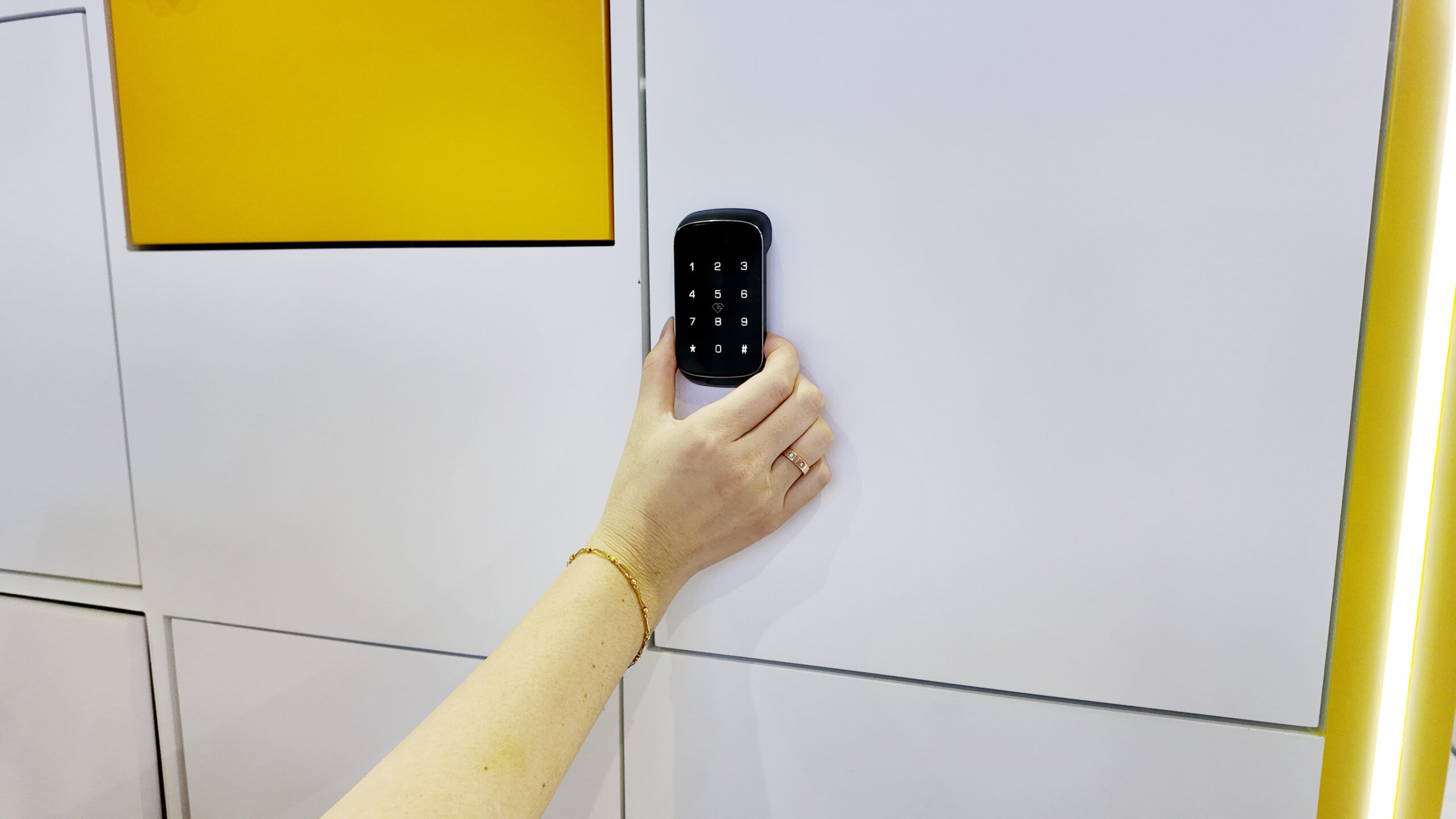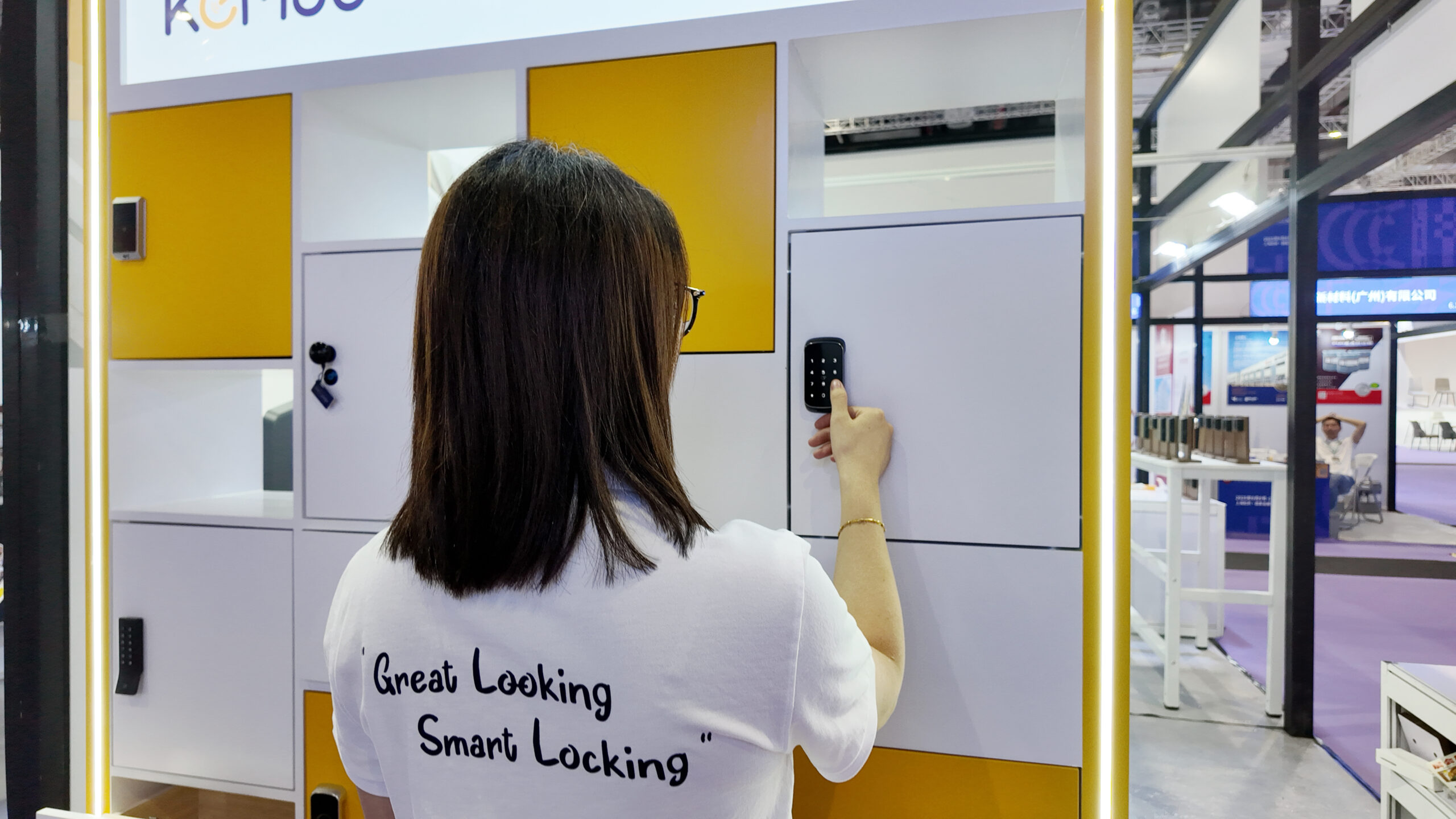How to Choose Between Public Mode and Private Mode for Your Smart Cabinet Lock

Smart cabinet locks are becoming increasingly popular in both commercial and residential applications. From office storage to gym lockers, and from retail displays to personal drawers, the demand for secure, convenient, and user-friendly locking solutions has never been higher. Among the many features of modern smart cabinet locks, one of the most critical — yet often overlooked — is the choice between public mode and private mode.
This article explains the differences between these two modes, their advantages and disadvantages, and how to determine which mode is best for your use case. To make the concept more concrete, we will use the KEMUU A820CT smart cabinet lock as an example.
What Is a Smart Cabinet Lock?
A smart cabinet lock is an electronic lock designed for cabinets, drawers, and storage compartments. Unlike traditional mechanical locks, smart locks offer multiple unlocking methods such as NFC cards, passwords, or mobile app integration. They often provide better access management, logging, and flexibility in usage, making them ideal for both individual and shared environments.
The KEMUU A820CT is a representative model in this category. It is a metal-built, NFC-enabled smart cabinet lock that supports both private mode and public mode, giving users maximum flexibility.
Understanding Private Mode
How Private Mode Works
In private mode, the lock is assigned to specific users for long-term usage. The administrator registers cards and passwords, and only authorized users can access the cabinet.
With the KEMUU A820CT, private mode allows:
-
1 administrator card and 1 administrator password
-
Up to 10 user cards
-
1 user password
This setup ensures that only a limited, pre-approved group of people can unlock the cabinet.
Advantages of Private Mode
-
✅ Ideal for personal or fixed storage: Great for office staff lockers, personal drawers, or secure storage areas.
-
✅ Multiple user management: Allows multiple employees or family members to share access.
-
✅ Higher security: Unauthorized users cannot register themselves; only the administrator can manage access.
-
✅ Manual opening/closing mode available: Provides additional flexibility in usage.
Disadvantages of Private Mode
-
❌ Not suitable for high turnover scenarios: If users change frequently, constantly adding and deleting user cards becomes inconvenient.
-
❌ Requires administrator involvement: Any new access must be approved and registered by the administrator.
Understanding Public Mode
How Public Mode Works
In public mode, the lock is designed for short-term or temporary use. Instead of pre-registering users, the system allows temporary passwords or NFC cards that are valid only once. After use, they are automatically invalidated.
On the KEMUU A820CT:
-
A temporary user sets a password or swipes a card after storing items.
-
The password or card works once, then expires.
-
The administrator card can clear temporary credentials if needed.
-
The lock also supports dual-open mode, where both the administrator card and a temporary user credential are required.
Advantages of Public Mode
-
✅ Perfect for shared environments: Especially suitable for gyms, shopping malls, libraries, and coworking spaces.
-
✅ No need for long-term user management: Temporary users can access the cabinet without requiring administrator approval each time.
-
✅ Dual-open mode available: Enhances security in sensitive areas by requiring administrator participation.
Disadvantages of Public Mode
-
❌ Less personalized: Users cannot keep a permanent password or card.
-
❌ Relies on administrator setup: If temporary credentials are lost, new ones must be issued.
-
❌ Manual open/close function is not available: Reduces flexibility in some use cases.

Public Mode vs Private Mode: Which One Should You Choose?
When choosing between public and private mode for your smart cabinet lock, the key is to consider who will use the cabinet and how often users will change.
| Feature | Private Mode | Public Mode |
|---|---|---|
| Best For | Personal storage, fixed users | Shared or temporary users |
| User Capacity | Admin + up to 10 users | Temporary, one-time use |
| Security | High (permanent credentials) | High (dual-open optional) |
| Flexibility | Better for long-term | Better for high turnover |
| Typical Scenarios | Offices, homes, warehouses | Gyms, shopping malls, schools, coworking |
Example: KEMUU A820CT in Real Use
Imagine two different scenarios:
-
Office Storage (Private Mode)
A manager wants to secure confidential files in a personal cabinet. By setting the A820CT in private mode, only the manager and a few trusted employees can access the cabinet. Each has a registered card, and the administrator retains full control. -
Gym Locker (Public Mode)
A fitness club installs the A820CT in public mode on locker doors. Each member sets a one-time password before storing belongings. After retrieving their items, the password expires automatically. This eliminates the hassle of permanent registration and allows hundreds of different users to share the same locker system daily.
Why the KEMUU A820CT Is a Smart Choice
The KEMUU A820CT offers the best of both worlds:
-
Durable metal construction for long-term reliability.
-
Support for both public and private modes, making it adaptable to different industries.
-
Multiple unlocking options (password, card, administrator controls) for flexible management.
-
Clear mode-switching design: Switching between modes is simple, though it resets the system for security.
This versatility makes the A820CT one of the most practical smart cabinet locks for both B2B buyers (furniture manufacturers, gym operators, office furniture suppliers) and end-users.
Final Thoughts
When investing in a smart cabinet lock, understanding the difference between public mode and private mode is crucial.
-
If you need personalized, long-term access control, private mode is the way to go.
-
If your environment involves frequent user turnover, public mode provides the flexibility and convenience you need.
The KEMUU A820CT smart cabinet lock stands out because it offers both modes in a single device, giving you the freedom to adapt your security strategy as your business or personal needs evolve.
By choosing the right mode for your situation, you can maximize both security and convenience — ensuring that your smart cabinet lock works not just as a piece of hardware, but as a tailored solution for modern storage.
